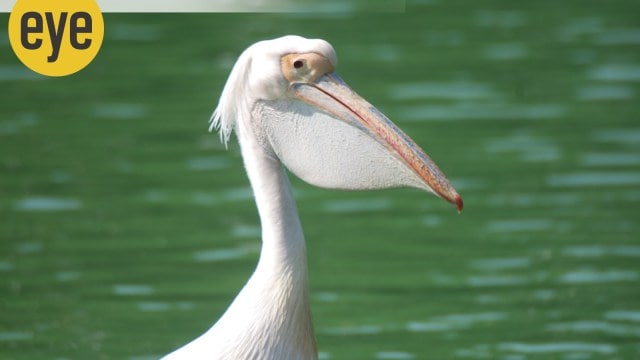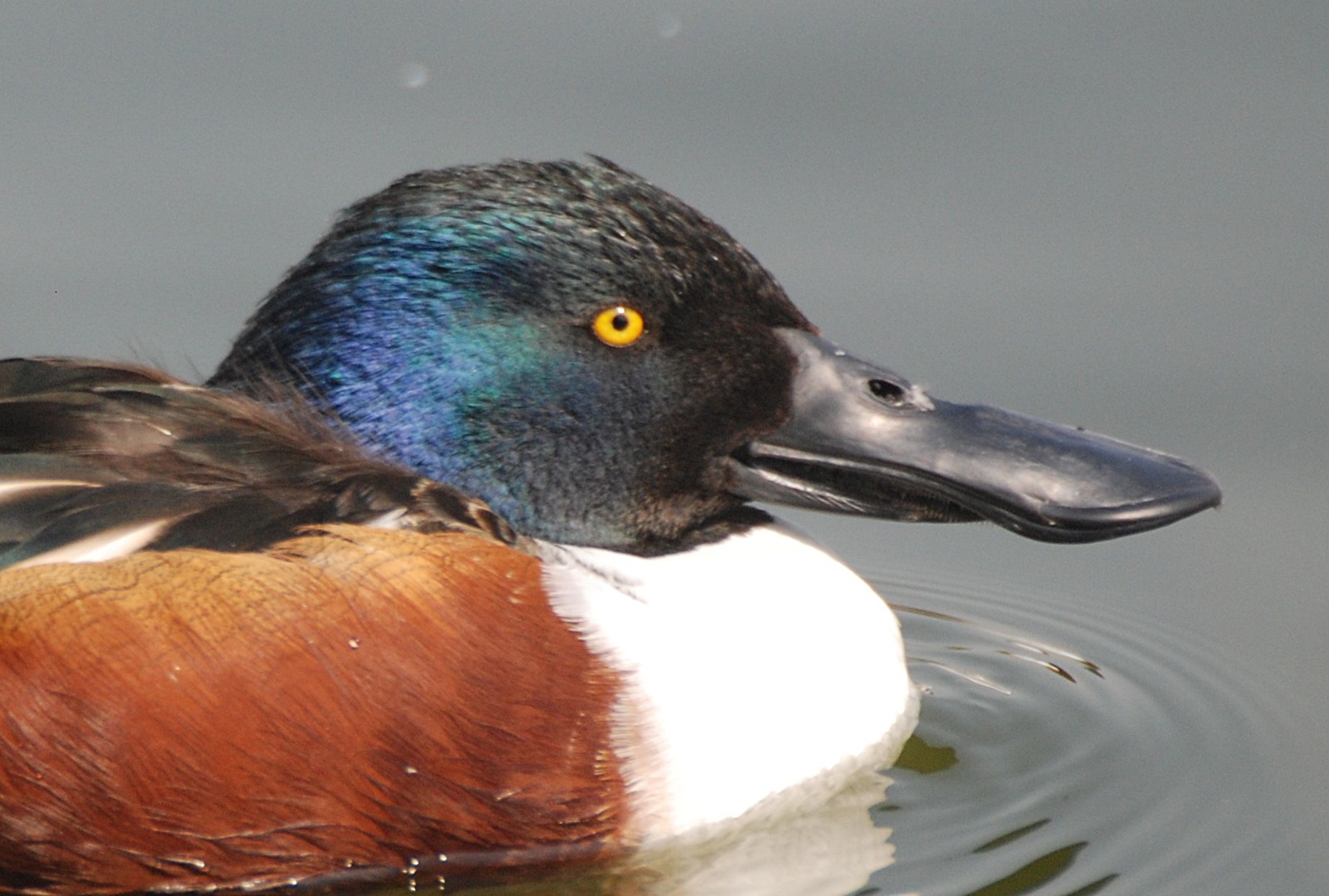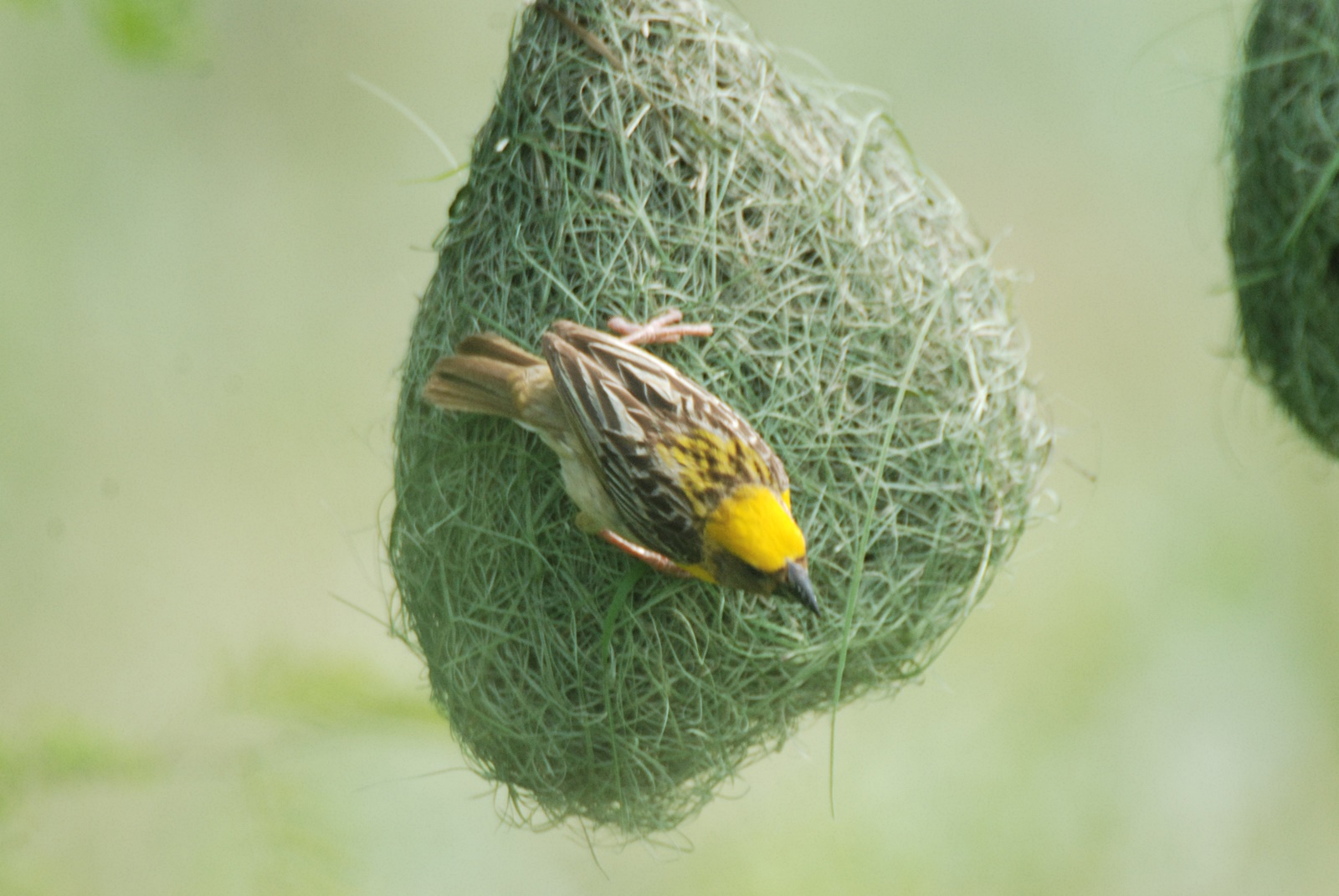Here’s how birds hunt, defend, build nests and romance using their bills
From needles to shopping bags, birds make use of bills in different ways
 A pelican's bill can hold more than its belly can (Credit: Ranjit Lal)
A pelican's bill can hold more than its belly can (Credit: Ranjit Lal)Birds, which have evolved from reptiles, and belong to one big mega-family, (avifauna), have one major USP: they have feathers and (most) can fly. But in other ways, they couldn’t be more different to one another, all, approximately 10,000 species of them.
Take their bills for example: their primary food-gathering tool — also used for defence, nest-building and preening. On one end of the spectrum, you have the minuscule sword-billed hummingbird, whose hypodermic-like bill is longer than the bird itself, specially developed to probe flowers with exceptionally long corollas such as the Passiflora mixta (a species of passion flower) — an endemic vine of the Andes — which in fact can only be pollinated by it. On the other hand, there’s the clunky clog-like bill of the shoe-billed stork from Africa with which it can snap up large fish and monitor lizards as well as baby crocodiles. And then, there’s everything in between.
Waders and shorebirds have skewer-like bills, with which they spear fish, crustaceans and other mud-dwelling creatures. These may be of varying length, depending on the depths at which their favourite food items live — and each species therefore does not interfere with the diet of the other. The tips of the bills of many of these shorebirds, like the black-winged stilt, apparently have sensors, which pick up movements in the opaque muck as the birds wade through it. I realised this when one night at Sultanpur jheel, where we watched these birds as well as avocets, fish busily well after dark, calling out softly to each other.
 A shoveller’s slipper-like bill filters microscopic goodness from the water (Credit: Ranjit Lal)
A shoveller’s slipper-like bill filters microscopic goodness from the water (Credit: Ranjit Lal)
Herons and egrets have javelin-like spears with which they impale fish in a flash, after standing stock-still for hours, gimlet eyes peeled. Storks have bills like broadswords, enabling them to pincer-grip fairly large fish and amphibians. I’ve watched a painted stork struggling with a fish almost as big as its bill – the greedy bird had to give up after a while, literally having bitten off more than it could chew! When an adjutant stork, like some hunched old curmudgeon stalks towards you, wielding his enormous broadsword, you will make way for it, no questions asked! The bills of pelicans (related to the basilisk-like shoebill) remind me of shopping bags — they can scoop up and swallow fish by the dozen in these ever-extendible pouches, as well as greedy thieves, like gulls that might float too close, hoping to snatch a titbit. (These are swallowed whole and I often wonder what the heck goes on in the stomachs of these pelicans, as say a gull or hefty catfish makes its entrance, fully intact!) I watched a black-necked stork dismember a coot once, thrusting repeatedly at the hapless bird with its huge black bill, till it was in tatters — not a pleasant end.
Birds like ducks and flamingos, have sophisticated filters built into their bills. Shovellers, with their flat, slipper-like bills cleave the surface of the water filtering out whatever microscopic goodness is afloat (or do shallow dives beneath the surface), and flamingos with their boomerang bills, do the same for minute algae and crustaceans, but holding their heads upside down in the water!
The raptors, be they eagles, hawks, falcons or buzzards have famously powerful hooked bills designed for tearing flesh. (The actual killing is usually done by the grappling hook talons.) Yet these fearsome weapons can be used with the utmost tenderness and finesse — watch an eagle or kite tear off tiny chunks of flesh from its kill and feed its chicks and you’ll see what I mean.
Then there are the vegans and omnivorous: parrots and parakeets have powerful nutcracker bills, macaws can even break open coconut shells, forget about crunching your fingers! Hornbills, with their curved scimitar-shaped bills, use them like pincers — snapping up small animals and reptiles — and yet delicately offer berries to their partners, manoeuvring them to the tips of the enormous bills and holding them there like gems, as if at the end of a pair of giant tweezers. I’ve watched grey hornbills feed their partners with neem berries, one at a time and it’s astonishing to see how they position the tiny green berry at the tip of those huge pickaxe-like bills.
 Bayas make amazing use of a very ordinary-looking bill (Credit: Ranjit Lal)
Bayas make amazing use of a very ordinary-looking bill (Credit: Ranjit Lal)
The seed-eaters have their own specially developed bills and in fact, it was the different shapes of bills among the finches of the Galapagos Islands that clued Darwin into developing his game-changing theory of evolution. Each island had its particular species of finch with a bill specially adapted and suited to the type of nut or grain that was to be found on that particular island.
Woodpeckers and barbets have chisel-like bills with which they drill holes into the boles and trunks of trees — both in search of grubs and to excavate homes for their babies. The hard spiked bill is assisted by a crash helmet-like skull, which enables the birds to jackhammer away without getting headaches — or concussions.
Bills are also birds’ substitute hands — and one of their chief weapons. They use them to gather nesting material, to dump their babies’ poop, for nest construction and to fight off rivals. The bill of the baya weaver doesn’t seem terribly special, yet the bird can use it to weave those intricate vase-like nests. When a fight gets vicious, birds (like some species of penguins) can literally peck one another to death — and yet these same weapons can be used in touching courtship rituals, done by some albatrosses. I’ve even seen (probably newly betrothed) crows, nuzzle one another, with their bills, with the utmost tenderness. Well, that’s what billing and cooing is all about, isn’t it?








- 01
- 02
- 03
- 04
- 05























